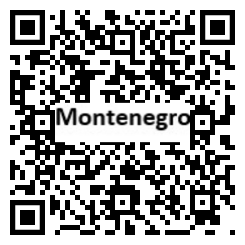Country Summary
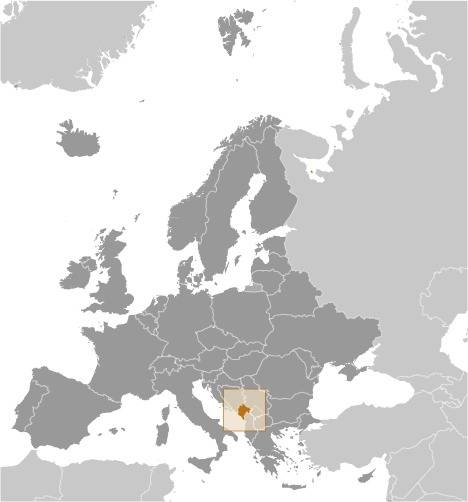
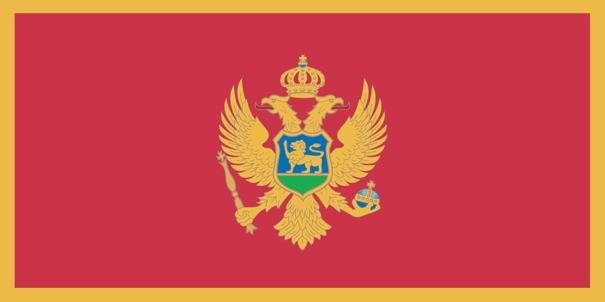
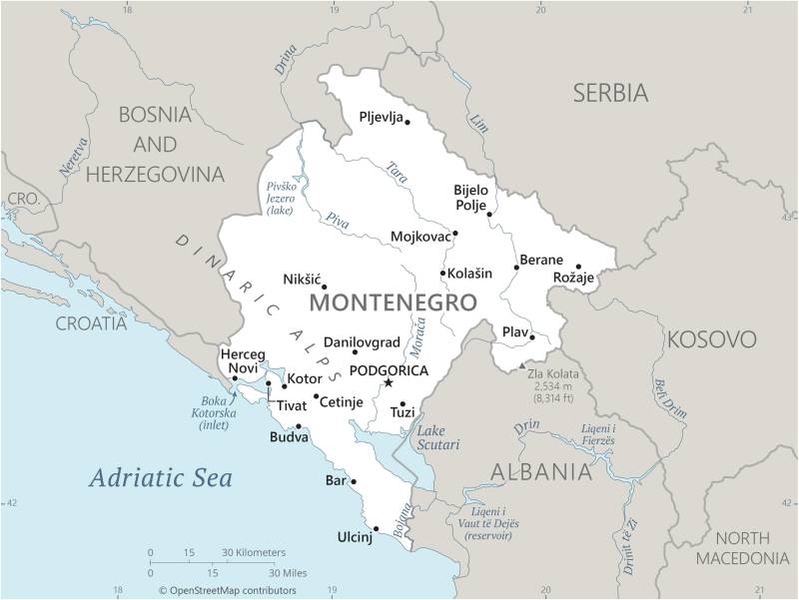
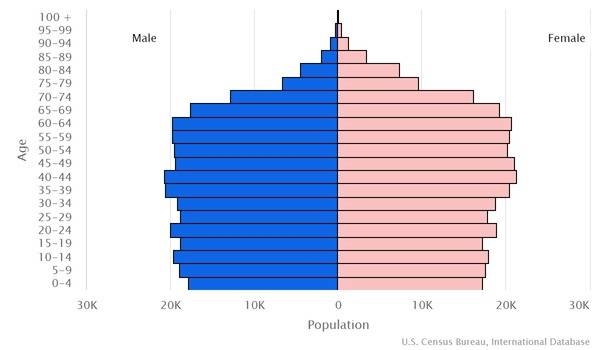
Introduction
Background
From 1496, Montenegro maintained a level of autonomy within the Ottoman Empire. From the 16th to 19th centuries, Montenegro was a theocracy ruled by a series of bishop princes. In 1852, it transformed into a secular principality. In 1918, Montenegro was absorbed by the Kingdom of Serbs, Croats, and Slovenes, which became Yugoslavia in 1929. When the latter dissolved in 1992, Montenegro first federated with Serbia, but in 2006 voted for complete independence.
Geography
Area
total: 13,812 sq km
land: 13,452 sq km
water: 360 sq km
Climate
Mediterranean climate, hot dry summers and autumns and relatively cold winters with heavy snowfalls inland
Natural resources
bauxite, hydroelectricity
People and Society
Population
604,966 (2022 est.)
Ethnic groups
Montenegrin 45%, Serbian 28.7%, Bosniak 8.7%, Albanian 4.9%, Muslim 3.3%, Romani 1%, Croat 1%, other 2.6%, unspecified 4.9% (2011 est.)
Languages
Serbian 42.9%, Montenegrin (official) 37%, Bosnian 5.3%, Albanian 5.3%, Serbo-Croat 2%, other 3.5%, unspecified 4% (2011 est.)
Religions
Orthodox 72.1%, Muslim 19.1%, Catholic 3.4%, atheist 1.2%, other 1.5%, unspecified 2.6% (2011 est.)
Population growth rate
-0.41% (2022 est.)
Government
Government type
parliamentary republic
Capital
name: Podgorica; note - Cetinje retains the status of "Old Royal Capital"
Executive branch
chief of state: President Milo DJUKANOVIC (since 20 May 2018)
head of government: Prime Minister Dritan ABAZOVIC (since 28 April 2022)
Legislative branch
description: unicameral Assembly or Skupstina (81 seats; members directly elected in a single nationwide constituency by proportional representation vote; members serve 4-year terms)
Economy
Economic overview
upper middle-income Balkan economy; unsanctioned euro user; controversial religious property ownership law; persistent corruption; major infrastructure investments and high expenditures; growing offshore banking destination
Real GDP (purchasing power parity)
$11.36 billion (2020 est.)
Real GDP per capita
$18,300 (2020 est.)
Agricultural products
milk, potatoes, grapes, vegetables, tomatoes, watermelons, wheat, apples, cabbages, barley
Industries
steelmaking, aluminum, agricultural processing, consumer goods, tourism
Exports
$1.24 billion (2020 est.)
Exports - partners
Serbia 17%, Hungary 15%, China 11%, Russia 7%, Bosnia and Herzegovina 6%, Germany 6%, Italy 5%, Poland 5% (2019)
Exports - commodities
aluminum, packaged medicines, cars, zinc, wine (2019)
Imports
$2.9 billion (2020 est.)
Imports - partners
Serbia 30%, Bosnia and Herzegovina 8%, Croatia 8%, Italy 6%, Greece 6%, Germany 5% (2019)
Imports - commodities
refined petroleum, cars, packaged medicines, recreational boats, cigarettes (2019)
Exchange rates
euros (EUR) per US dollar -
Page last updated: Friday, May 13, 2022
